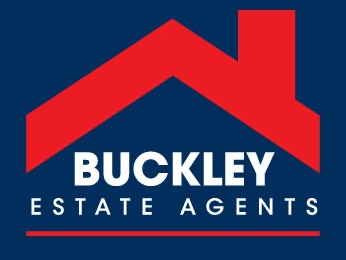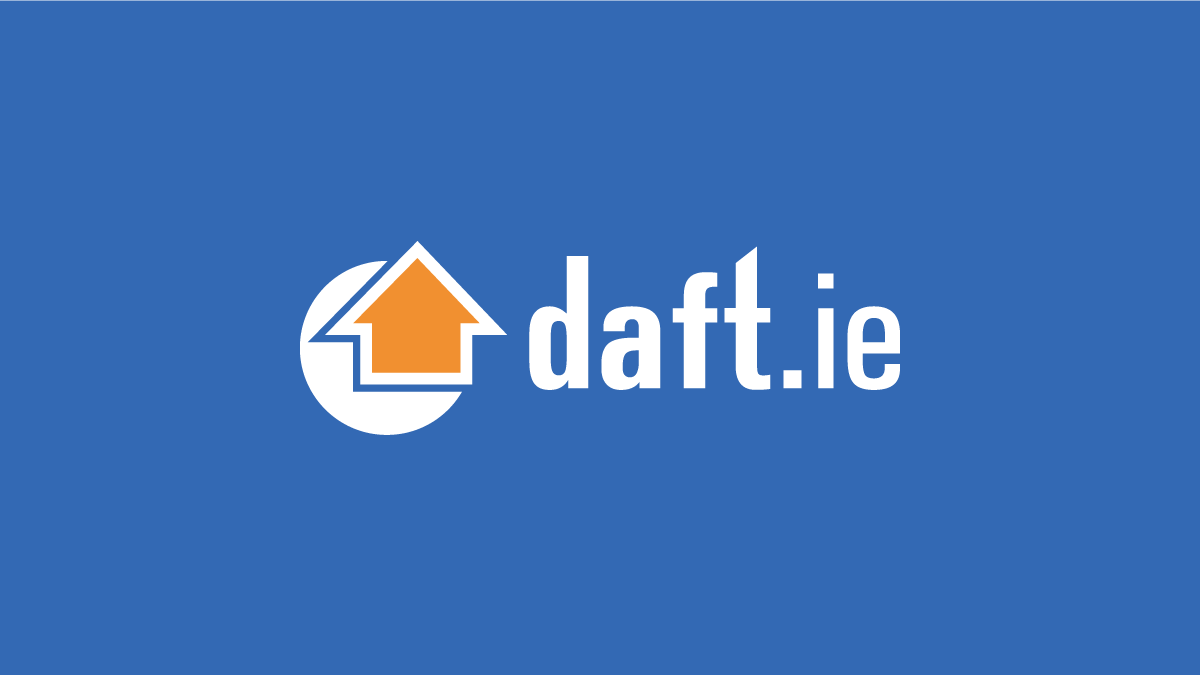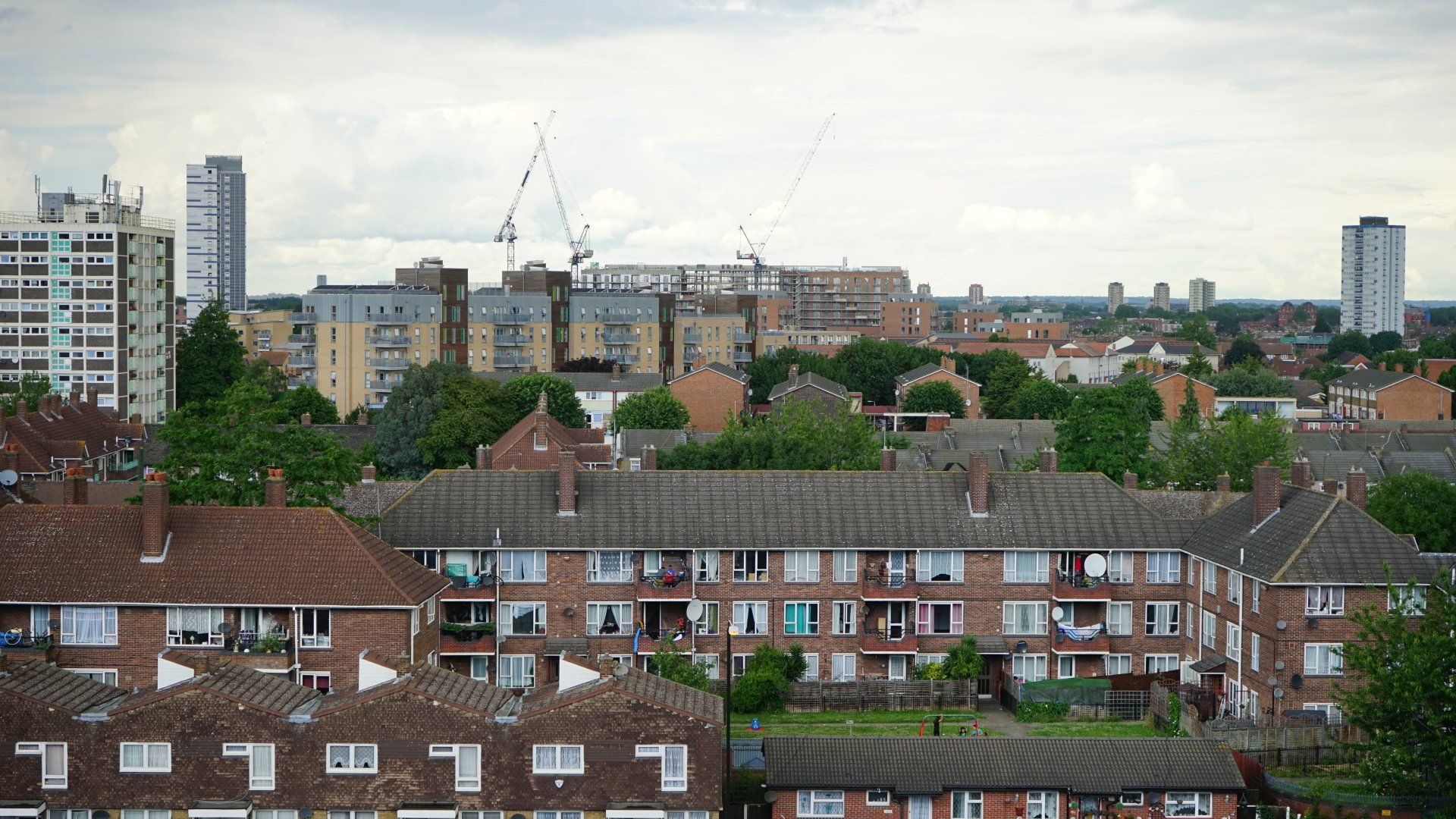
Dublin Property and Letting Services
Daft.ie House Price Report Q2 2024
RENTS UP 7% AS STOCK TO RENT STALLS
Press Embargo: Monday, August 26th - 00:01 AM
As a valued client of Daft.ie we would like to give you early access to our latest Daft.ie Rental Report which shows that:
- Market rents rose by an average of 2% in the second quarter of 2024.
- This marks the fourteenth consecutive quarter in which rents nationwide have increased and the 45th time in the last 48 quarters.
- The average open-market rent nationwide in the second quarter of the year was €1,922 per month, up 7.3% year-on-year and 41% higher than before the outbreak of covid19.
- Inflation in market rents remains significantly lower in Dublin than elsewhere in the country.
- In the capital, rents in the second quarter of the year were 3.5% higher than a year earlier, while elsewhere in the country, they were on average 10.6% higher.
- Market rents rose particularly sharply in Limerick City (up 21% year-on-year) but the three other cities also saw double-digit increases, ranging from 13% in Galway to 10% in Waterford.
- Outside the cities, the rate of increase was similar, on average, between 9.3% in Munster and 10.5% in Connacht-Ulster.
- As has consistently been the case in recent years, availability on the rental market remains extremely tight.
- On August 1st, there were just over 2,200 homes available to rent across the country, effectively unchanged on the same date a year previously and half the 2015-2019 average of 4,400.
Market rents rose by an average of 2% in the second quarter of 2024, according to the latest Rental Report by Daft.ie. This marks the fourteenth consecutive quarter in which rents nationwide have increased and the 45th time in the last 48 quarters. The average open-market rent nationwide in the second quarter of the year was €1,922 per month, up 7.3% year-on-year and 41% higher than before the outbreak of covid19.
Inflation in market rents remains significantly lower in Dublin than elsewhere in the country. In the capital, rents in the second quarter of the year were 3.5% higher than a year earlier, while elsewhere in the country, they were on average 10.6% higher. Market rents rose particularly sharply in Limerick City (up 21% year-on-year) but the three other cities also saw double-digit increases, ranging from 13% in Galway to 10% in Waterford. Outside the cities, the rate of increase was similar, on average, between 9.3% in Munster and 10.5% in Connacht-Ulster.
As has consistently been the case in recent years, availability on the rental market remains extremely tight. On August 1st, there were just over 2,200 homes available to rent across the country, effectively unchanged on the same date a year previously and half the 2015-2019 average of 4,400.
“Ideally, more than a decade into a rental housing shortage, we would be talking about the gradual spread of the solution, rather than a return to the core problem. The solution is new supply of market rental homes, in large volumes, in each and every rental market in the country."
Ronan Lyons, Associate Professor of Economics at Trinity College Dublin.
Commenting on the report, Ronan Lyons, Associate Professor in Economics at Trinity College Dublin and author of the Daft.ie Report, said:
“Between mid-2022 and mid-2023, a slow-down in inflation in open-market rents occurred, driven by Dublin and in particular by the construction of significant numbers of new rental homes in the Dublin area. However, as seen by very rates of inflation in market rents in the other cities, this was limited to the capital, where new supply was concentrated.
This most recent reports suggests that, even in Dublin, improvement in the availability of rental homes is stalling. Without new rental supply, it is likely that future pressure on rents will be upward, further straining affordability for those on regular incomes. It remains incumbent on policymakers to first develop a thorough understanding of rental supply dynamics and second devise detailed plan on dramatically increasing rental supply, in all major rental markets, over the coming years.”
Average market rents, and year-on-year change, 2024 Q2
- Dublin: €2,427, up 3.5%
- Cork city: €2,005, up 11.9%
- Limerick city: €2,107, up 21.2%
- Galway city: €2,114, up 13.3%
- Waterford city: €1,616, up 9.9%
- Rest of the country: €1,573, up 9.9%



We are the number one stop for letting and selling properties in North County Dublin.
Licence No: 004530-009376
We are fully licensed Estate Agents and regulated by the PSRA (Property Services Regulatory Association
Members of IPAV (Institute of Professsional Auctioneers & Valuers)
CONTACT US
Buckley Estate Agents Ltd
The View
Marina Village
Malahide
Co Dublin
K36CX99
P: 01-5200523
E:
info@buckleyproperty.ie
All Rights Reserved | Buckley Estate Agents








